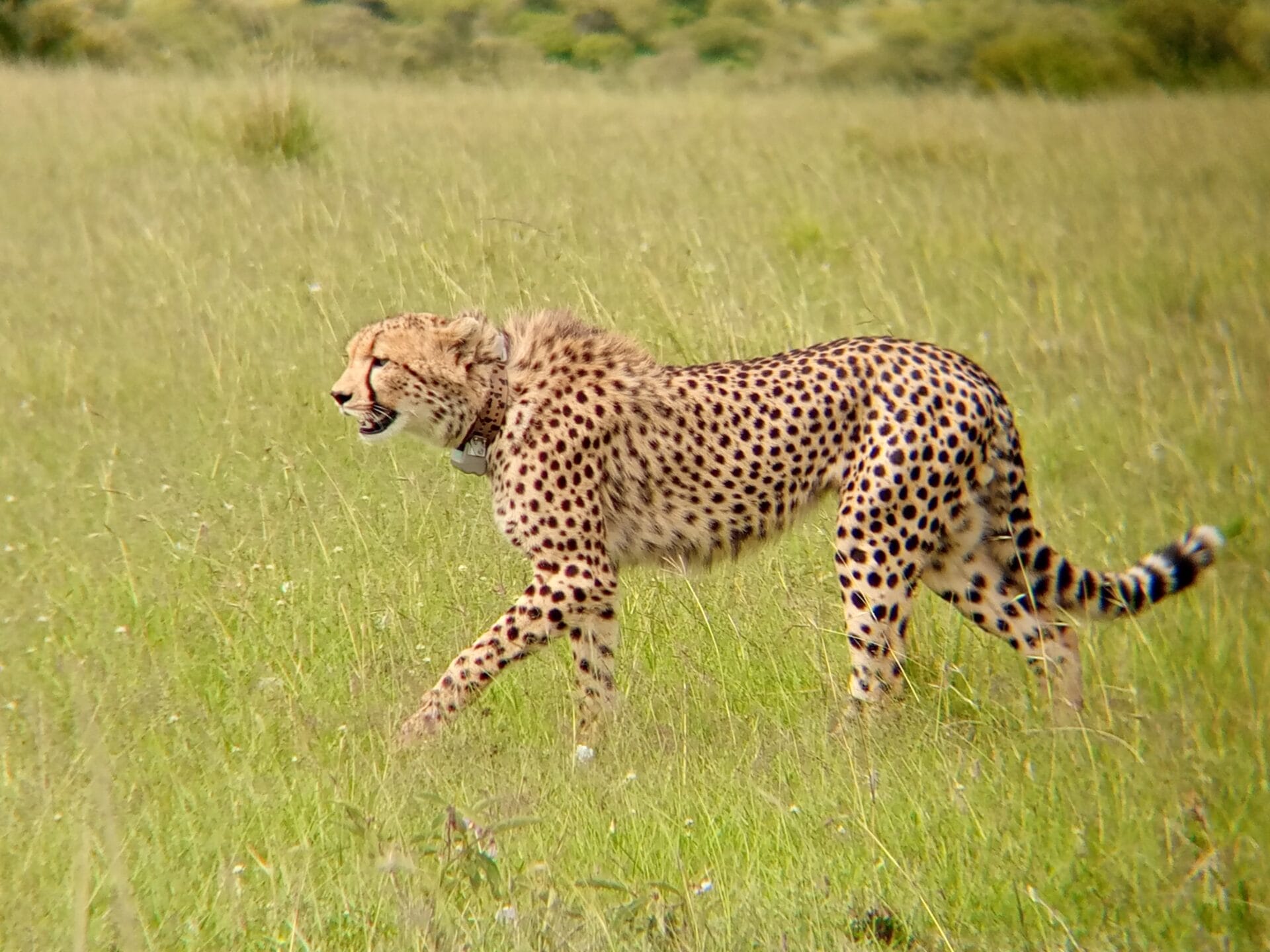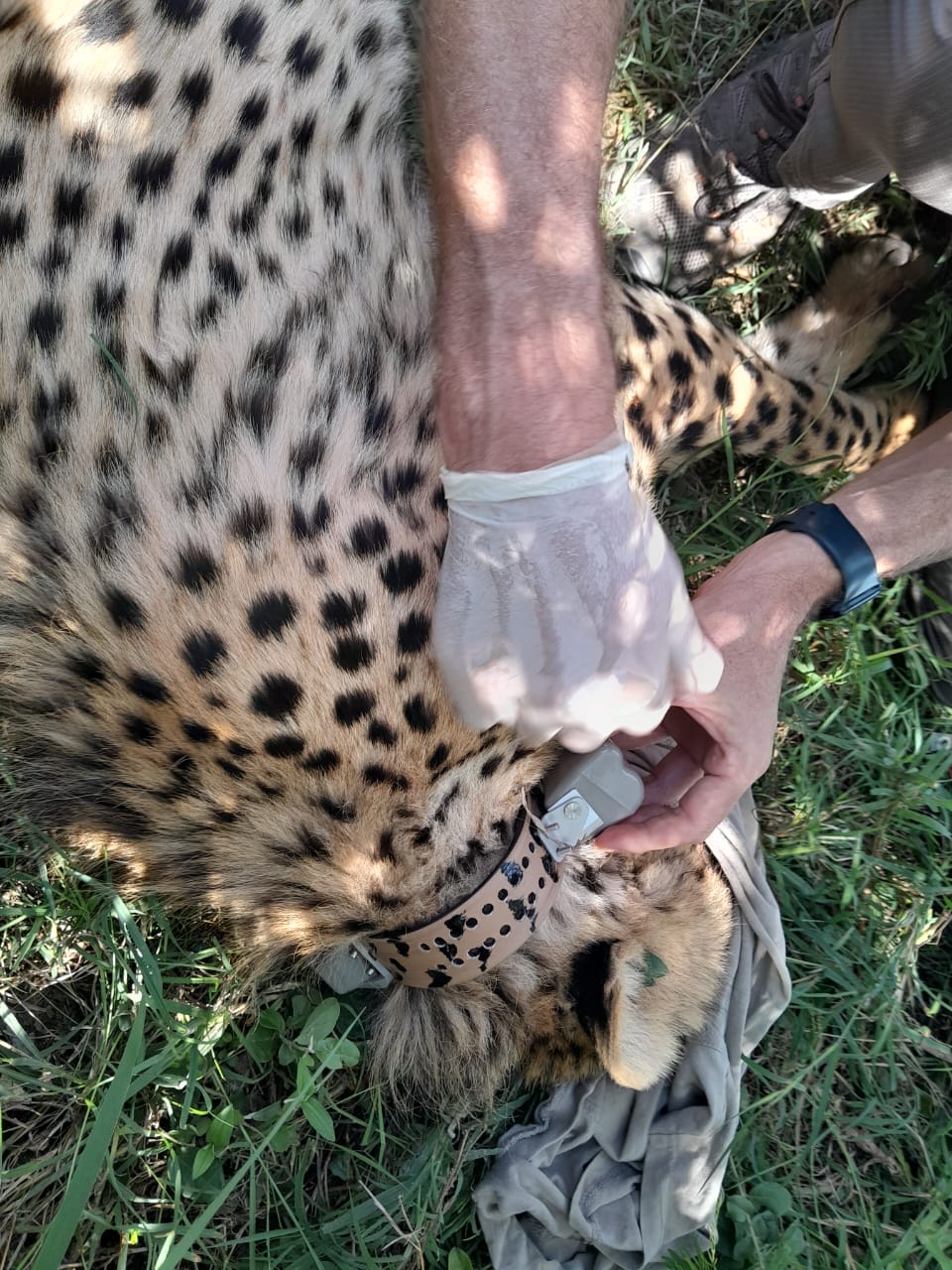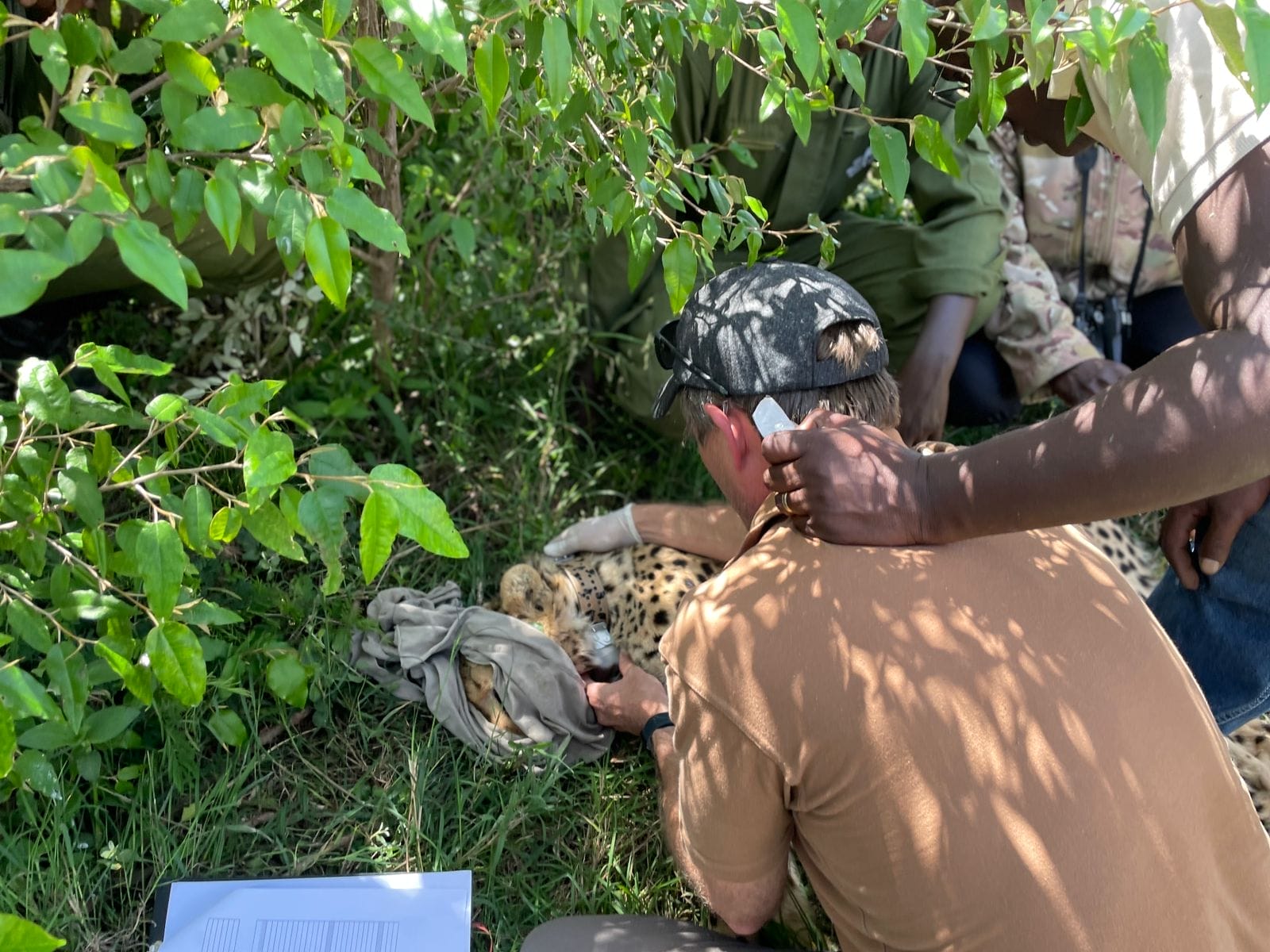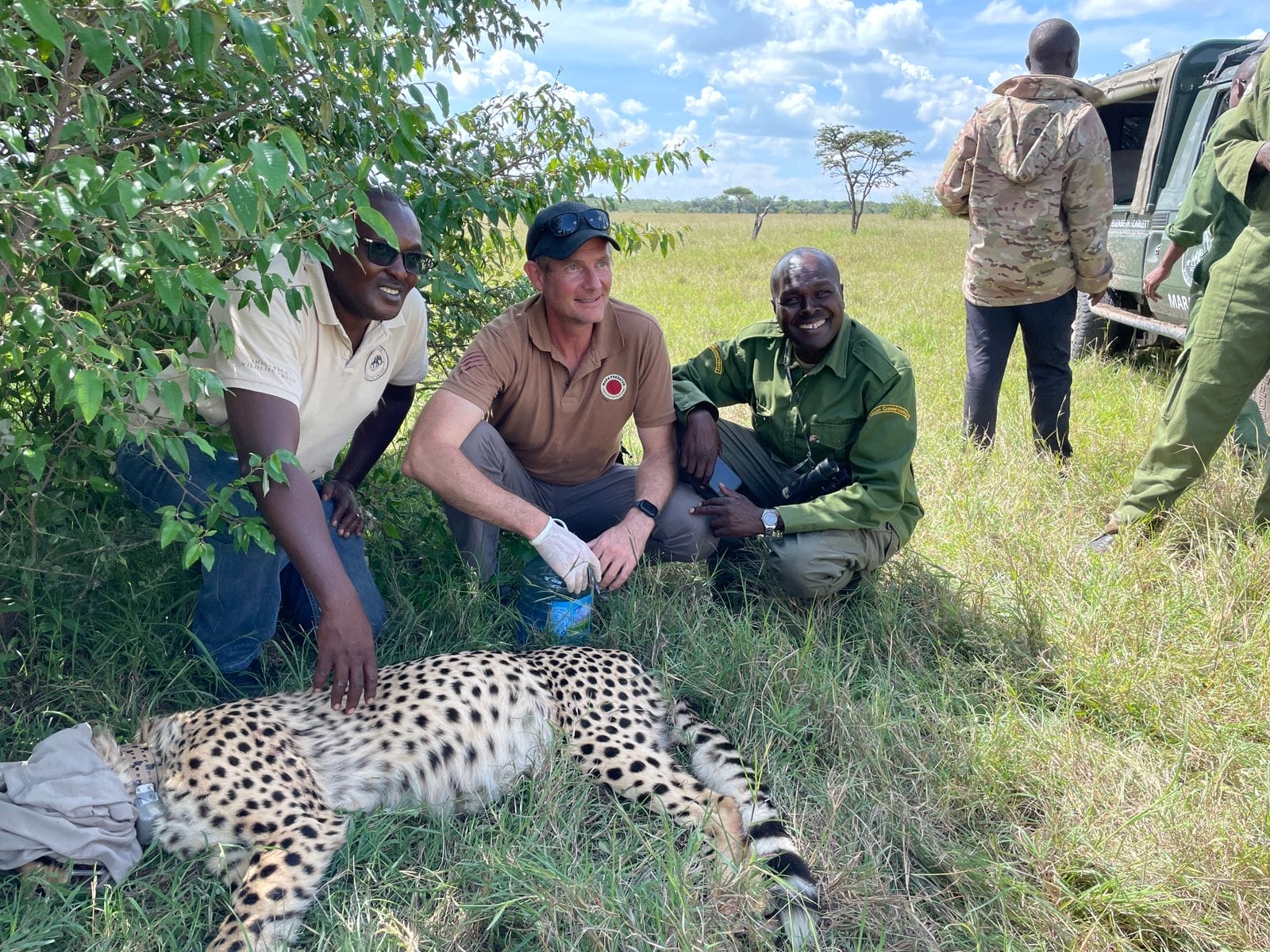Wildlife
Namunyak’s Son Collared: Advancing Cheetah Conservation in the Maasai Mara


In an important event for cheetah conservation, Namunyak’s 15-month-old son has been collared in Ol Kinyei Conservancy. The young male, now named Olomunyak by the Rangers of Ol kinyei—meaning “Lucky One” in Maa—earned his name as the sole survivor of Namunyak’s litter of five cubs. As a first-time mother, Namunyak has shown remarkable resilience and care, successfully raising Olomunyak in a challenging environment.


Why Collaring Matters
According to Mara Predator Conservation Programme, the collaring of Olomunyak is part of a broader conservation effort to address two alarming trends in the Mara: the disappearance of dispersing male cheetahs and the decline in the population of breeding females.
Dispersing males, like Olomunyak, leave their mothers around 16 months to establish new territories. However, many vanish during this crucial period, and only a fraction of their groups are accounted for. Researchers believe this could be due to a lack of suitable habitat outside protected areas, pushing them into remote regions or community lands, where they face threats such as conflict and predation.
Collaring allows conservationists to track these young males, understand their movements, and work proactively to protect the habitats they rely on.


The Role of Namunyak
Namunyak’s journey as a first-time mother is a testament to her resilience and instincts. Successfully raising a cub in the wild is no small feat, especially when four of her five cubs were lost to the harsh realities of life in the savannah. Her dedication has ensured that Olomunyak reached dispersal age, giving him a strong start in life. Protecting breeding females like Namunyak is vital to securing the future of cheetah populations in the region.
Science and Safety in Action
The collaring of Olomunyak reflects a thoughtful and meticulous approach to conservation. Partnering with the Zambian Carnivore Programme, the Mara Predator Conservation team and the Kenya Wildlife Service ensures collars are safe and appropriate, especially for young males. Strict guidelines are followed: males must be at least 15 months old, and females with cubs are not collared to avoid additional stress.
For Olomunyak, the collar is more than a tracking device—it’s a symbol of hope and a tool to gather critical data. It will help conservationists identify key dispersal areas, reduce human-wildlife conflict, and provide insights into how young males navigate the challenges of independence.


The Bigger Picture
Namunyak and her son’s story is part of the ongoing effort to safeguard cheetahs in the Maasai Mara. Understanding their behavior and addressing the threats they face are crucial steps toward ensuring their long-term survival.
Conservancies like Ol Kinyei Conservancy (one of the few IUCN Green List Protected areas in Africa) play a critical role in providing safe habitat for Cheetahs and all this is supported by guests staying at the Porini Camps in Ol Kinyei Conservancy – Porini Mara Camp, Porini Cheetah Camp and the Ol Kinyei Safari Cottages.
Special thanks go to the Mara Predator Conservation Programme, the rangers at Ol Kinyei Conservancy and the Kenya Wildlife Service Mobile Vet Unit for their dedication to making this collaring possible.
As Olomunyak embarks on his journey, his movements will not only shape his destiny but also contribute to the broader understanding and protection of cheetahs. His story reminds us of the delicate balance between humans and wildlife and the importance of continued efforts to protect these magnificent big cats.
By Ivy Vuguza
Posted on 22nd December 2024



